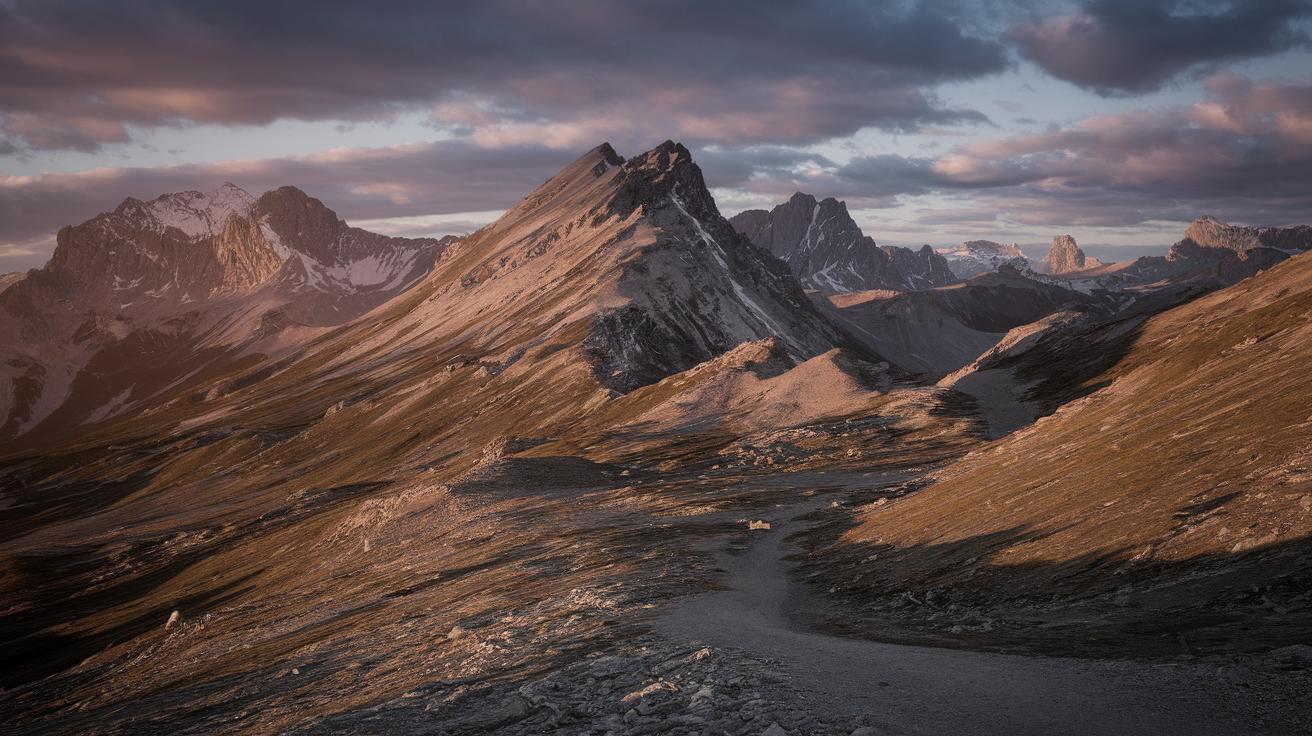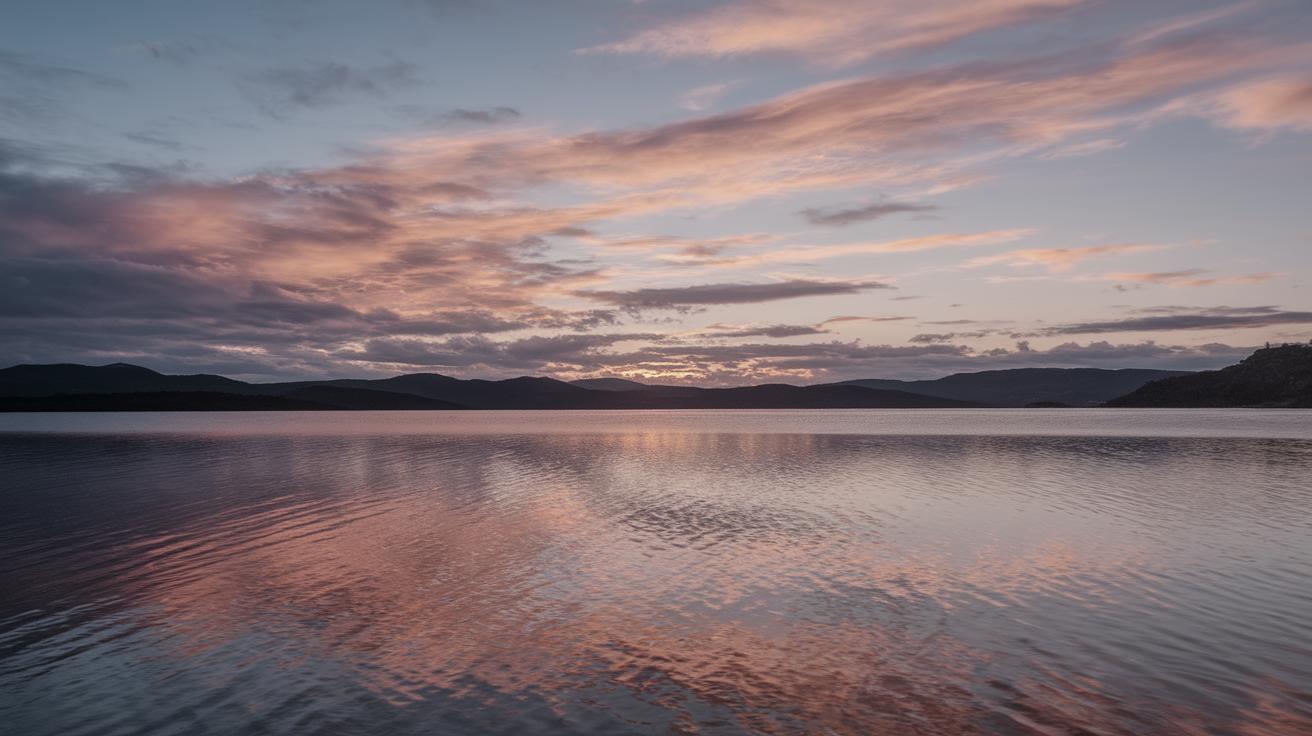The Importance of Lighting in Photography
Photography is an art form that revolves around light. Understanding and manipulating lighting is essential to capturing the perfect image. This blog post delves into the significance of lighting in photography, exploring various aspects from choosing the best light to comprehending how different types of light can influence the outcome of a photograph. We will look at practical ways to utilize and control light to complement your photographic vision, as well as delve into technical aspects like white balance. Whether you are a beginner or an experienced photographer, mastering lighting can elevate your work to new heights.
The Best Light for Photography
The best light for photography is often subjective and can vary depending on the desired outcome of the photograph. However, one universally admired lighting condition is the “Golden Hour.” The Golden Hour, occurring shortly after sunrise and before sunset, provides a soft, diffused light that creates a warm glow, adding a magical quality to any scene.
Another attractive lighting condition is diffused sunlight, which can be achieved by shooting on a cloudy day or using a diffuser. This type of light reduces harsh shadows and highlights, resulting in a more evenly lit subject. It’s often preferred for portrait photography as it softens facial features and minimizes blemishes.
Ultimately, the best lighting depends on the mood you wish to convey. While the Golden Hour and diffused light are popular choices for their flattering quality, direct sunlight, and even artificial lighting can be used creatively to evoke different emotions and themes.
Types of Light in Photography
Natural light, being readily available, is one of the most utilized sources of lighting in photography. It encompasses sunlight in its various forms — from the harsh, direct light of midday to the softer, indirect rays during cloudy weather. Each type carries unique characteristics and challenges.
Artificial light, on the other hand, provides photographers with complete control over intensity and direction. This category includes studio lights, such as strobes and continuous lights, as well as on-camera flash. Artificial lighting can be manipulated to create a diverse range of effects, making it a versatile tool in any photographer’s arsenal.
Available ambient light, which refers to the existing lighting within a scene — be it the glow from streetlamps or the light spilling through a window, offers a unique opportunity to capture the mood and atmosphere of a location. Harnessing ambient light requires a keen sense of observation and adaptability to the environment.
Ways to Use Light in Photography
Effective use of light in photography often involves exploiting contrast. Playing with shadows and highlights can add depth and dimension to your images, guiding the viewer’s eye across the photograph. For instance, backlighting can accentuate silhouettes, creating a dramatic effect and adding interest to otherwise ordinary compositions.
Photographers also capitalize on the direction of light to influence the texture and detail of the subject. Side lighting can reveal intricate details, while front lighting can flatten the subject, yielding a softer appearance. Directional light can significantly alter the perception of an image and needs careful consideration.
Incorporating light creatively, such as using reflections, lens flares, or even overexposure can enhance the visual storytelling of a photograph. Experimenting with light enables a photographer to craft their unique style and push the boundaries of conventional photography.
How to Control Light
Controlling light is paramount in photography and can be achieved through various means. One fundamental method is to adjust the position of your subject in relation to the light source. This manipulation could transform the light from harsh to soft or change the mood entirely by shifting shadows and highlights.
Tools like reflectors, diffusers, and flags play an integral role in light management. Reflectors can bounce light back onto the subject to fill in shadows, while diffusers soften intense light, creating a more even exposure. Flags, on the other hand, can block unwanted light, giving photographers the flexibility to mold their lighting setup intricately.
Modern cameras also provide in-camera controls, such as exposure compensation and ISO adjustments, allowing precise control over light without altering physical setups. Mastery over these tools ensures you can adapt to any lighting condition across various shooting environments.
White Balance
White balance is a crucial aspect in ensuring that colors in your photographs appear natural and true-to-life. It refers to compensating for the color temperature of the lighting under which an image is being shot. Different light sources emit varying color temperatures, which can affect how colors are rendered in your images.
Adjusting white balance can be achieved either through your camera settings or in post-processing. Cameras usually come equipped with several pre-set white balance options tailored for specific environments, such as daylight, shade, or tungsten. For precise control, custom white balance modes allow matching the exact lighting conditions.
Properly managing white balance is essential, not only to avoid unwanted color casts but also to ensure your artistic vision is accurately represented. Developing an understanding of how light sources impact color can transform your work into vivid and authentic photographic expressions.
Next Steps
| Aspect | Summary |
|---|---|
| The Best Light for Photography | Golden Hour and diffused light are favored for creating pleasing images, though all lighting types are adaptable based on the desired mood. |
| Types of Light in Photography | Natural, artificial, and ambient light each offer unique characteristics that can be harnessed creatively in photography. |
| Ways to Use Light in Photography | Contrast, directionality, and creativity with light enhance narrative and style in photos. |
| How to Control Light | Position, tools like reflectors and diffusers, and camera settings provide control over light manipulation. |
| White Balance | Ensures accurate color rendering by compensating for the color temperature of different light sources. |


